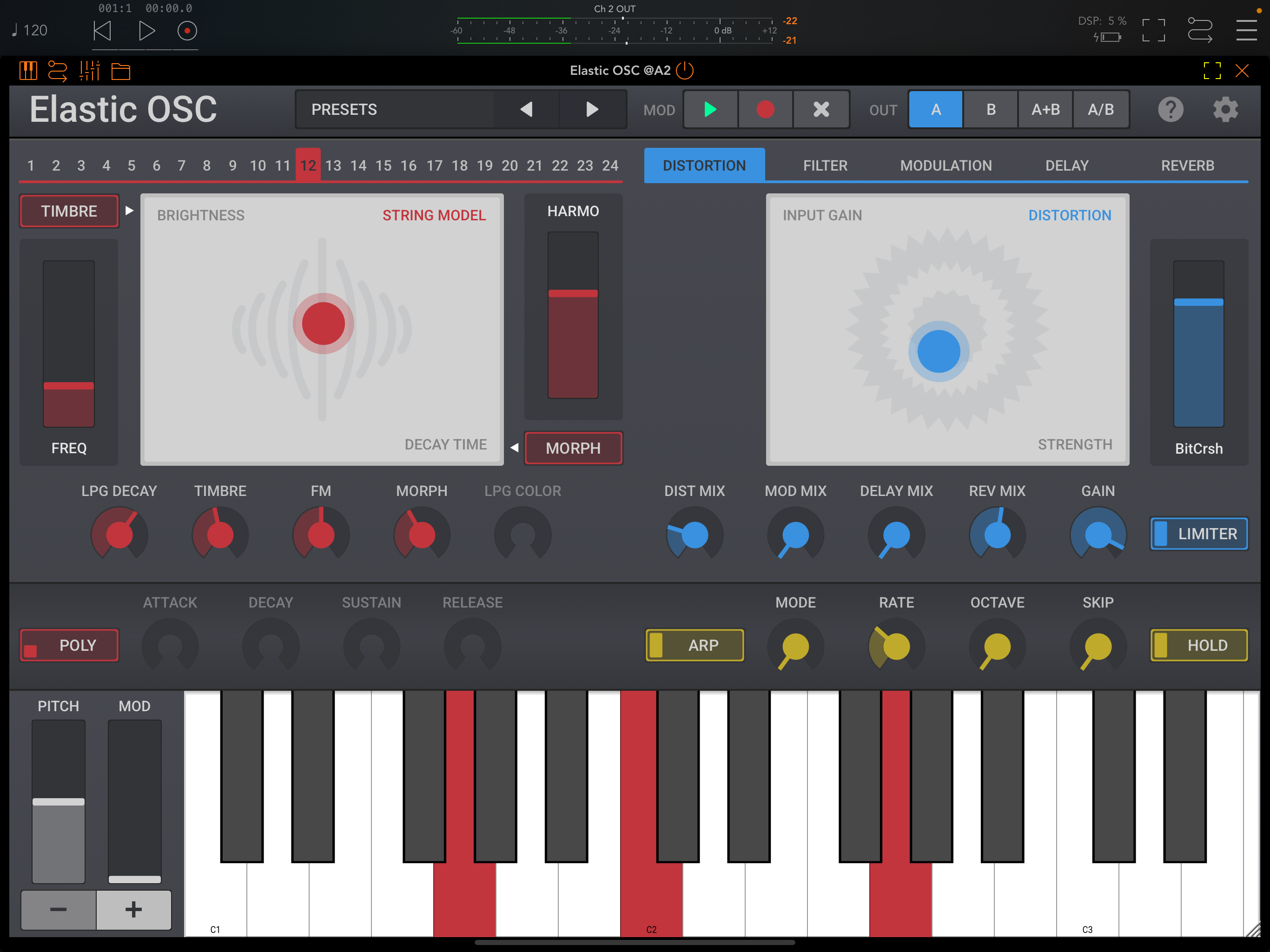The Most Common Second Languages Spoken Around the World
A whole lot of English as a second language out there.
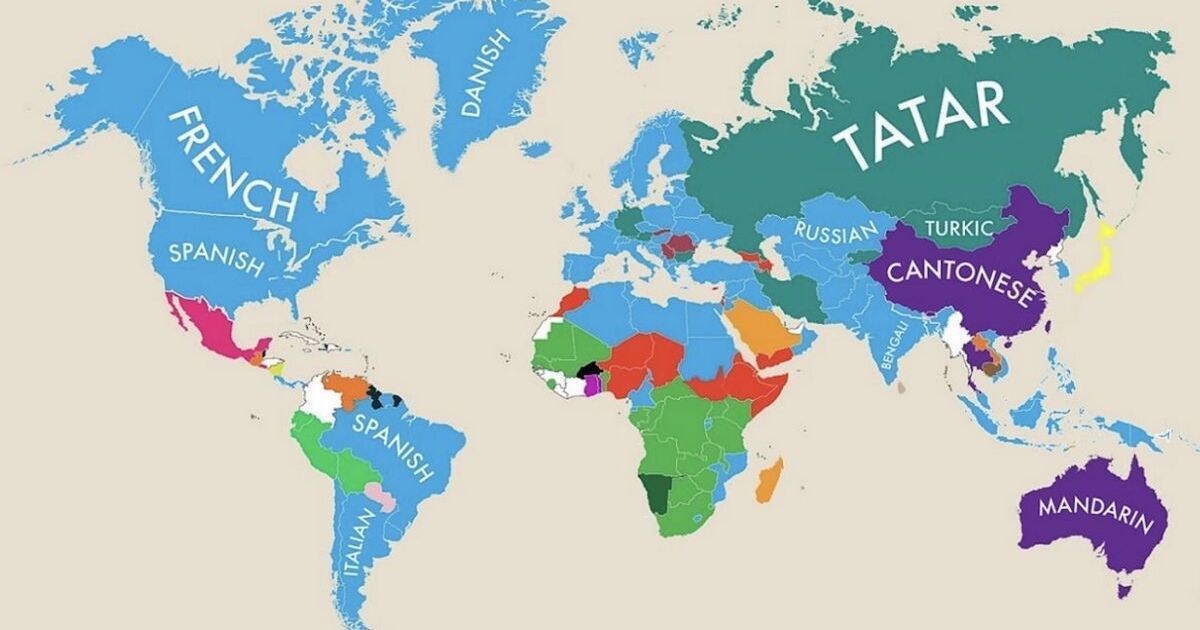
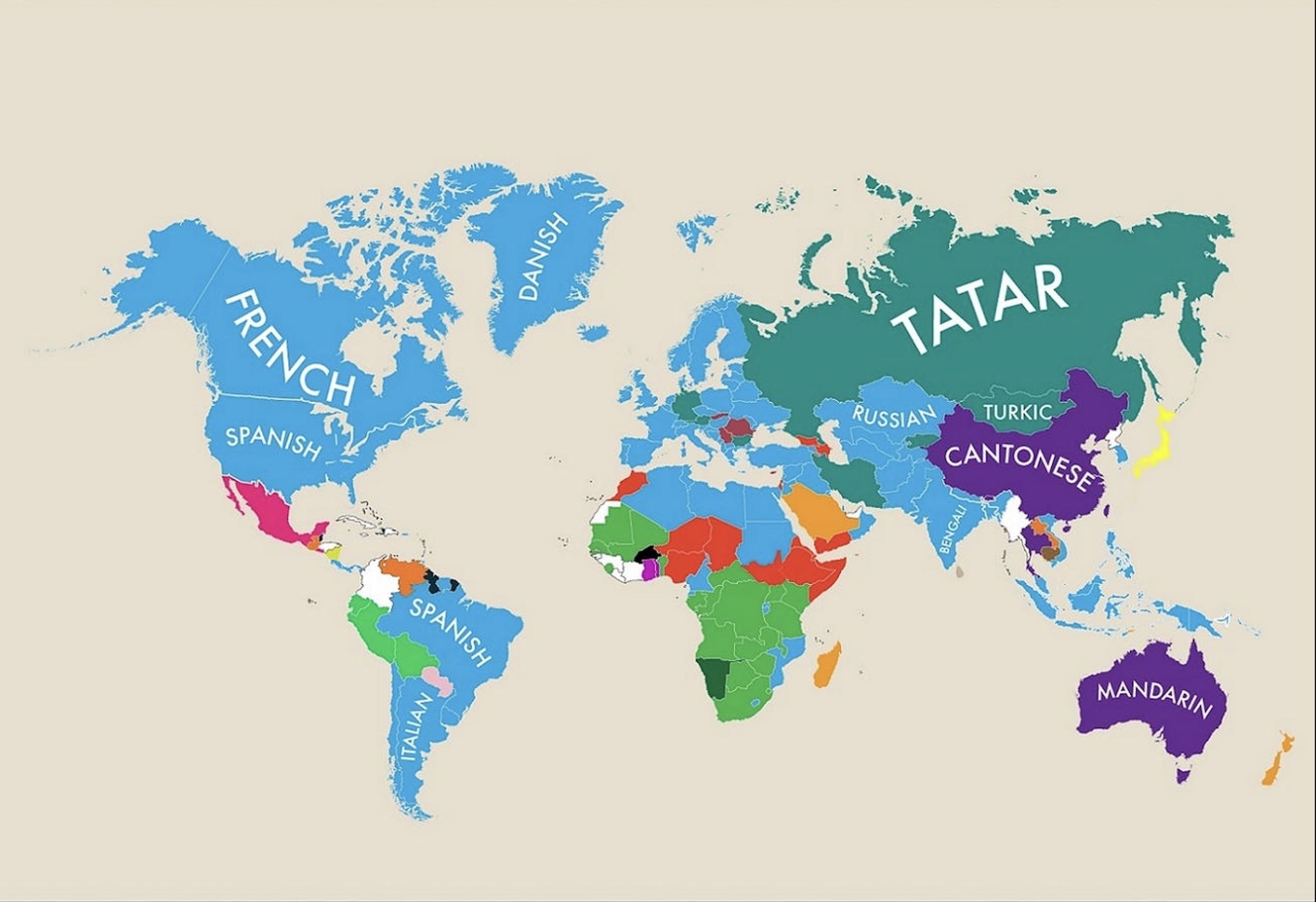
English is the first language in many countries — The United States, Canada, the United Kingdom, the Republic of Ireland, Australia, etc. — but have you ever wondered what the most common second languages are in these nations? Hold on to your socks, the answer may be surprising to you.
Using data from the CIA’s The World’s Factbook and Wikipedia, MoveHub, a UK-based company that helps people move abroad, created a map of the most common second languages around the world. Although not all 195 nations are represented, the graphics are still very insightful.
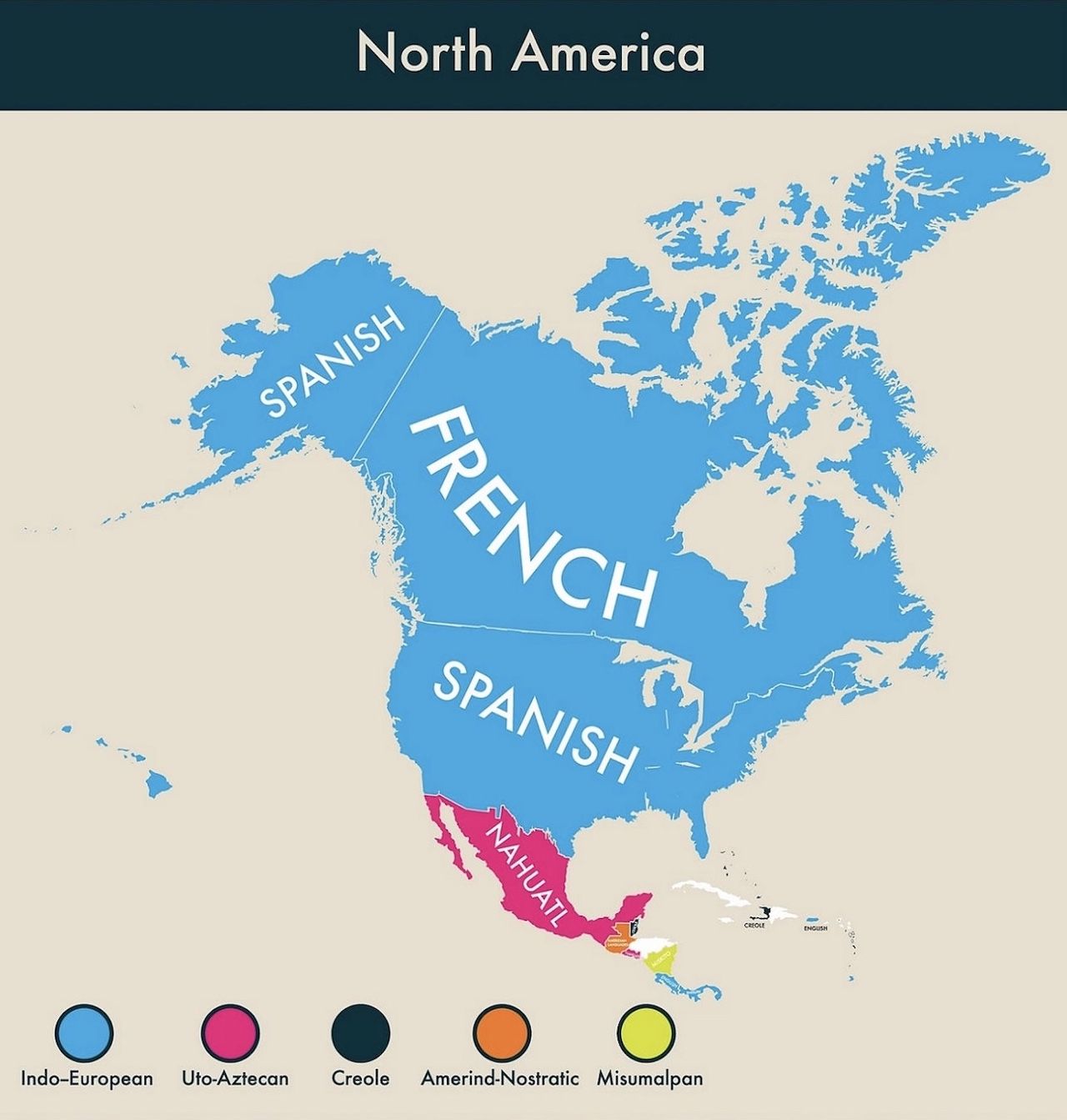
Photo: MoveHub
Spanish is the commonly spoken second language in the US. Considering the shared history between Mexico and the US, as well as the nation’s geographical proximity to other hispanic countries, it makes perfect sense.
Canada’s second language is equally unsurprising. Of course, the most commonly spoken second language in the Great White North is French. The first Europeans to land in Canada were French, after all, and the province of Quebec’s official language is French.
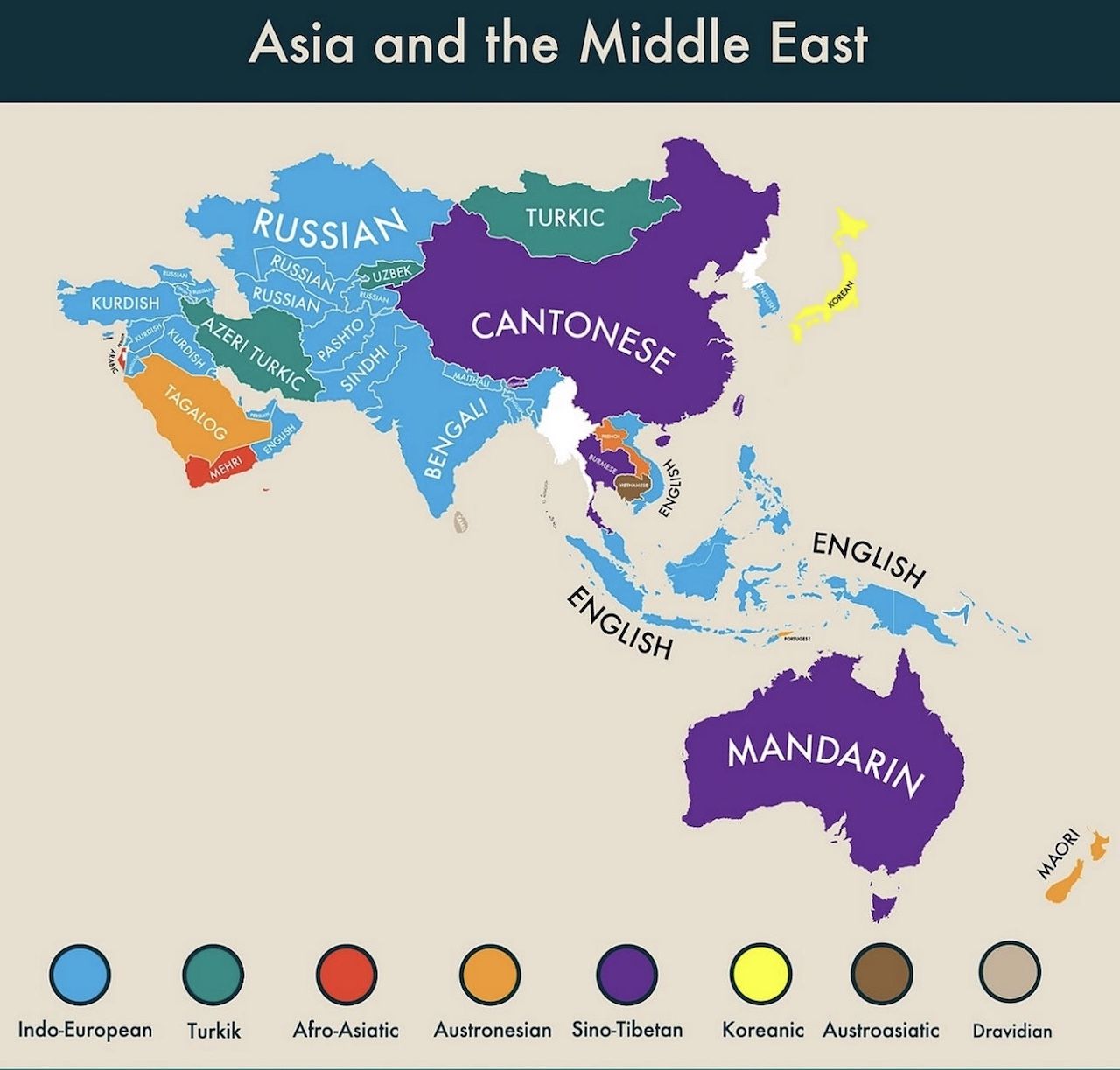
Photo: MoveHub
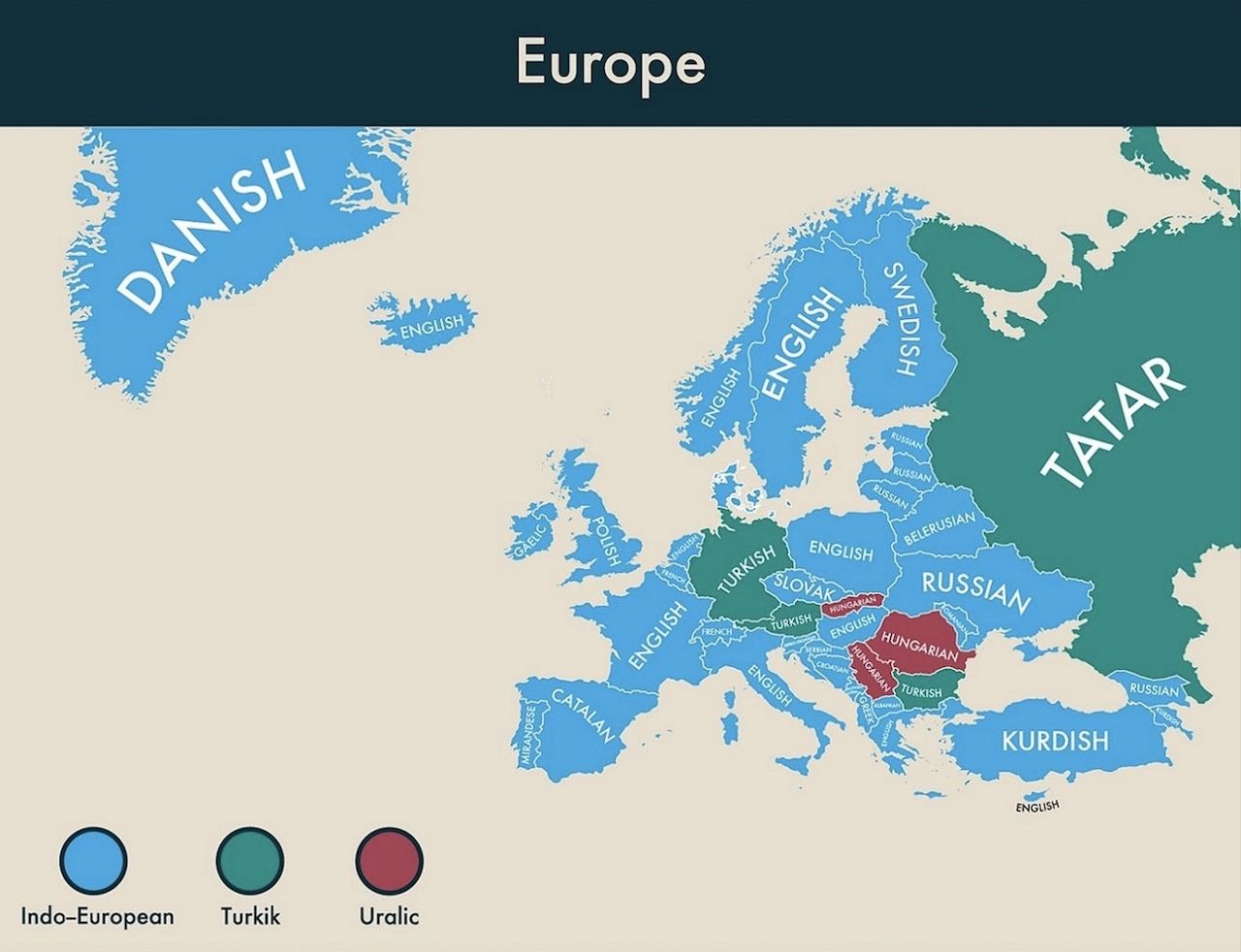
Photo: MoveHub
However, you may be surprised to learn that Mandarin is Australia’s most commonly spoken second language. In the UK, it’s Polish. And did you know that Turkish is the most commonly spoken language in Germany after German? In Argentina, Italian is the second most common.
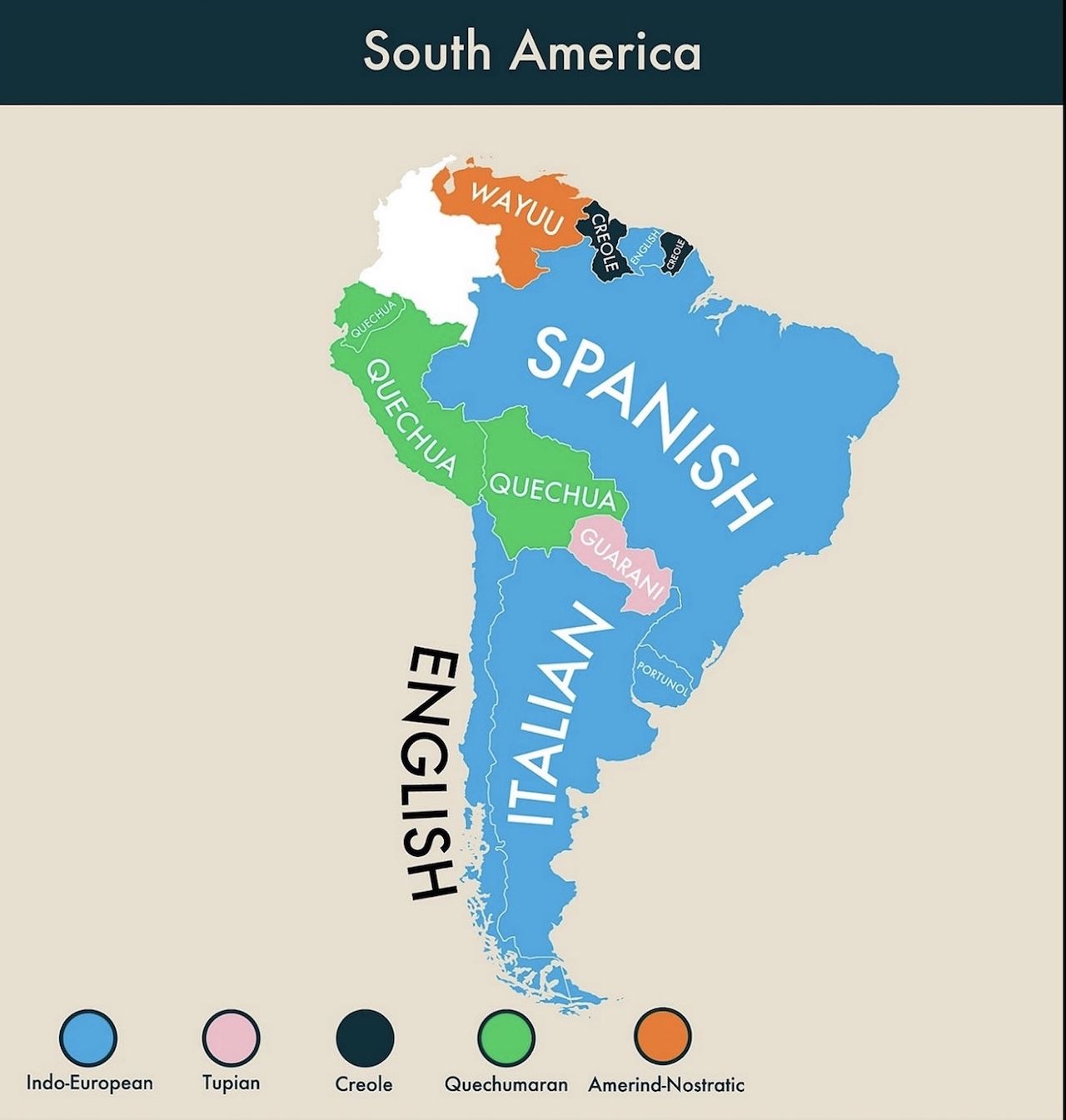
Photo: MoveHub
It goes without saying that often the reasons behind a preponderance of certain second languages are colonization and immigration. French is very common in North Africa because large swathes of the Maghreb used to be French colonies, and Tagalog is the second language in Saudi Arabia because many Filipinos are employed in the country.
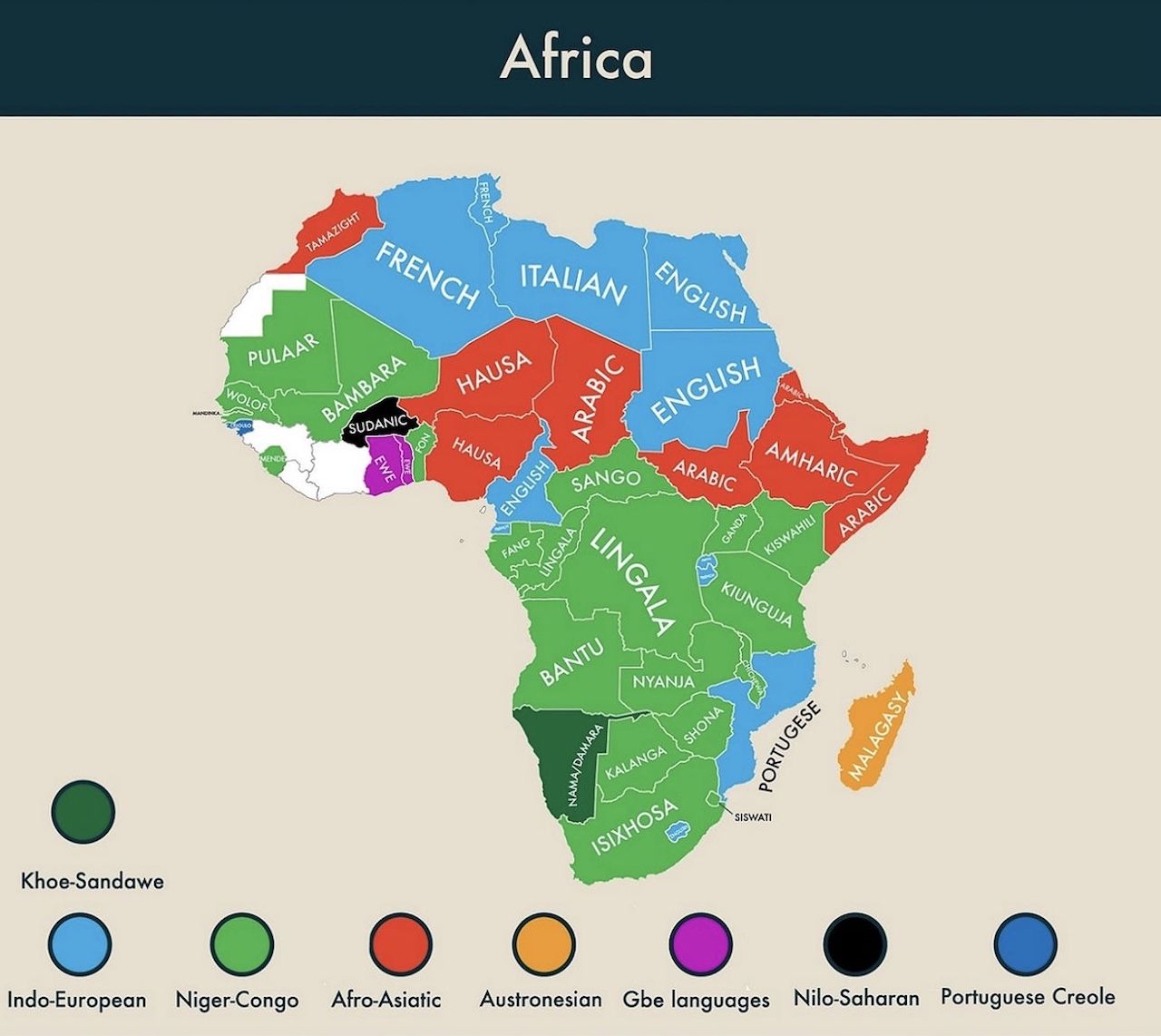
Photo: MoveHub
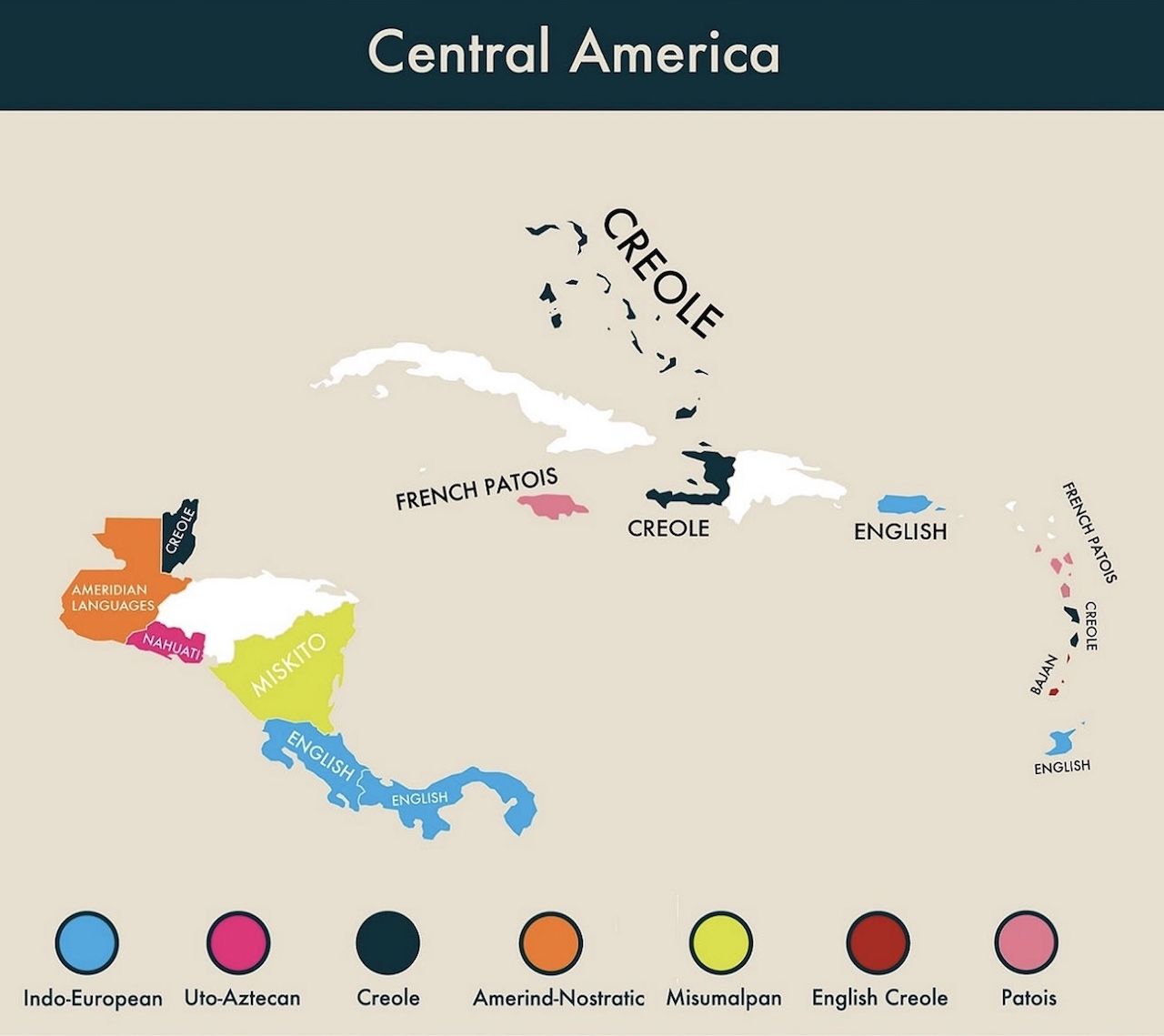
Photo: MoveHub
The maps reveal that English is the most commonly spoken second language in the world (55 countries), followed by French (14) and Russian (13).
What languages are being studied the most around the world?
As of 2025, English remains the most studied language in the world, leading in 135 countries due to its dominance in business, academia, and technology. Spanish follows closely, driven by its widespread use in the Americas and its strong cultural presence. The rise of remote work has only furthered this — English is by far the most common language used in remote work and international professional communication, especially in scenarios involving cross-border collaboration such as virtual meetings, video calls, emails, and shared work platforms like Slack or Microsoft Teams.
French, German, and Mandarin Chinese also maintain high popularity thanks to their global relevance in education, economics, and international relations. Travelers, though, tend to prefer studying the language of places they aspire to travel or move to. Japanese and Korean have surged in popularity, especially among Gen Z, due to cultural exports like anime, manga, K-pop, and Korean dramas. Hindi has also seen a rise in global learners, reflecting the influence of the Indian diaspora and interest in Indian culture.
Technology has played a major role in expanding access to language learning, with platforms like Duolingo offering over 148 new courses through AI integration. Cultural trends are significantly shaping learning priorities, making pop-culture-driven languages like Korean and Japanese increasingly mainstream. Economic motivations continue to steer interest toward languages like German and Mandarin, which are tied to strong job markets (and thus draw businesses as well as expats).
How being bilingual helps your brain (and your travel skills)
People who speak a second language experience unique cognitive and psychological effects — and many of these often go unnoticed. Bilinguals tend to develop stronger executive function skills, making them better at multitasking and switching between tasks (switching between languages on the fly is no easy skill to develop, after all). Their brains may even begin to show increased neural flexibility, which has been linked to a delayed onset of dementia by several years compared to monolinguals. Interestingly, bilingual individuals may think differently depending on the language they’re using. Emotional distance from a second language can lead to more rational decision-making, and many bilinguals report feeling like different versions of themselves when switching between languages due to cultural or situational associations. This is where travel can really play a role — if you frequently travel to Spanish-speaking countries and learn Spanish as a second language, your association with the language will certainly be defined at least in part by your travel memories and interactions.
It gets even cooler from here. Bilinguals often have an internal “switch” that activates depending on who they’re speaking to or where they are, enabling seamless transitions between languages. While it might seem like they should have twice the vocabulary, bilinguals actually tend to have a smaller lexicon in each individual language than monolinguals, though they often excel in understanding language structure and patterns. In children, early bilingualism might involve mixing languages, but this is a natural and temporary part of language development—not a sign of confusion. The real confusion may actually be on a multilingual parent. ![]()






































































































































![100K strategy and powering up with the right cards [Week in Review]](https://frequentmiler.com/wp-content/uploads/2025/05/powering-up-credit-cards-1.jpg?#)



































































![2025 Best Credit Card Bonus Offers [May]](https://viewfromthewing.com/wp-content/uploads/2015/03/credit-cards.jpg?#)








































































































































































































































